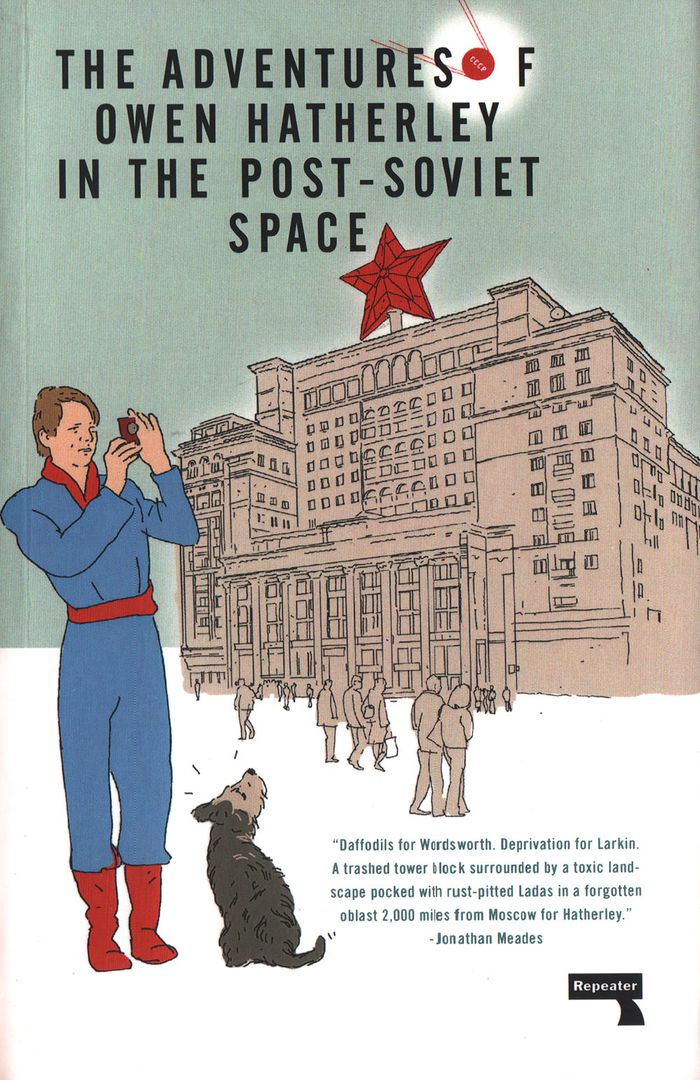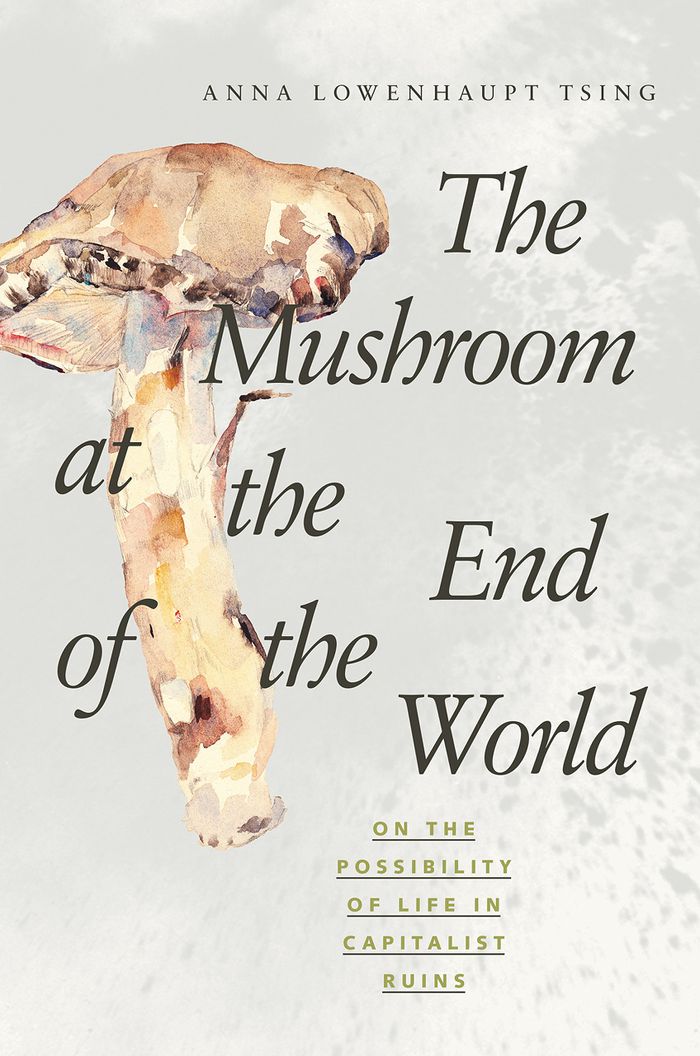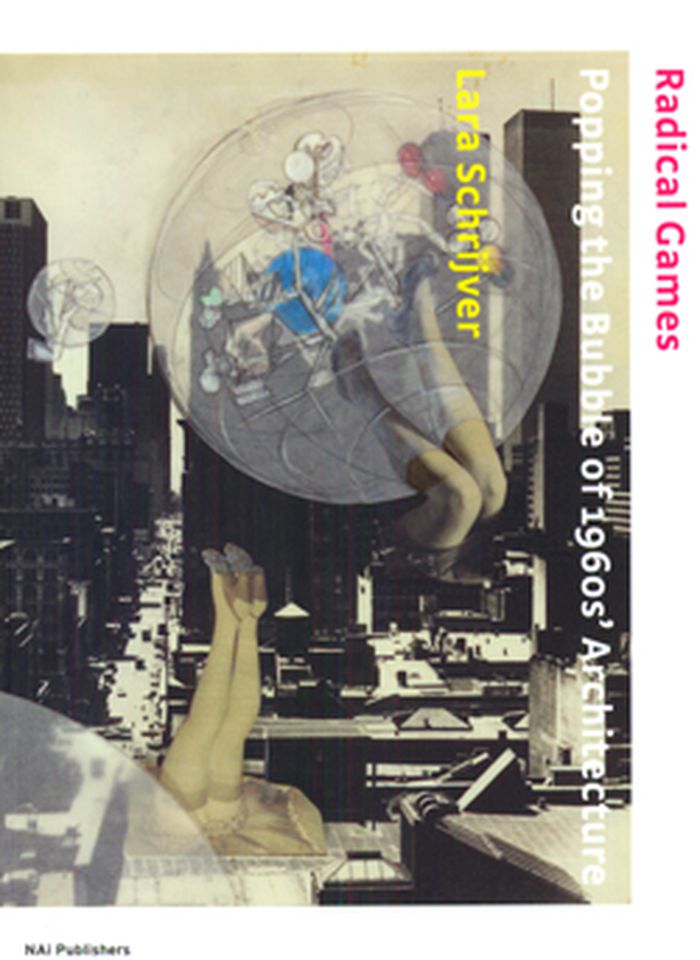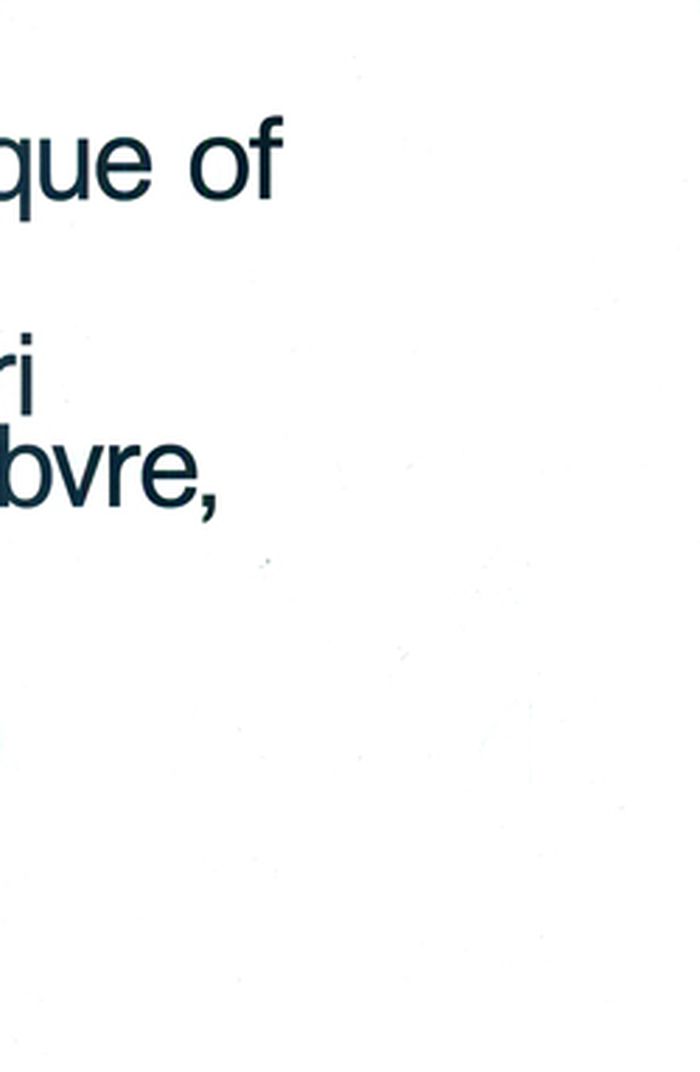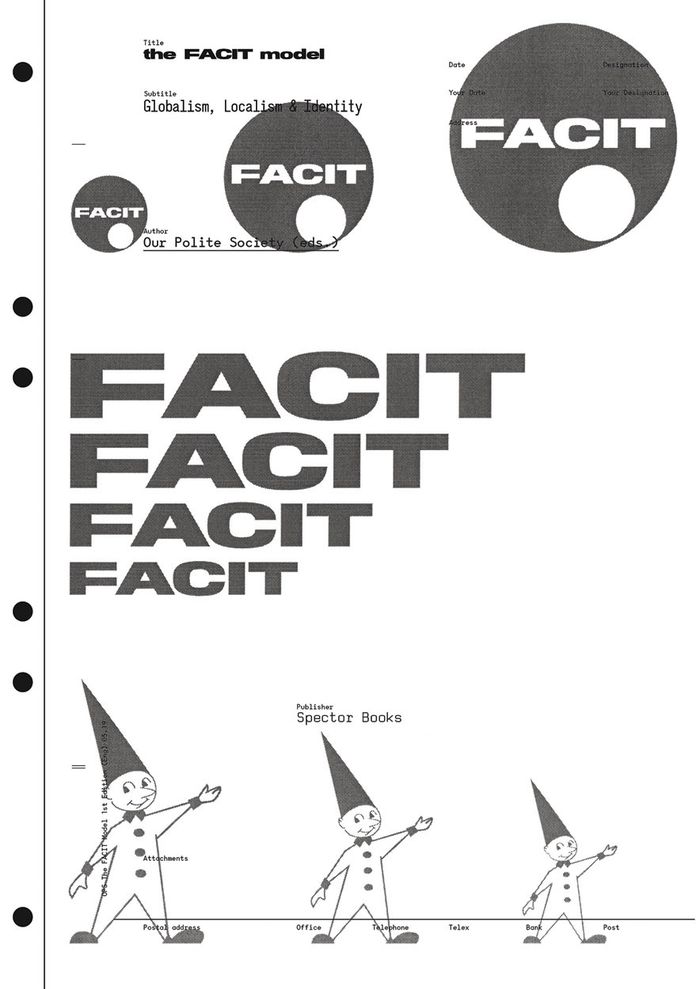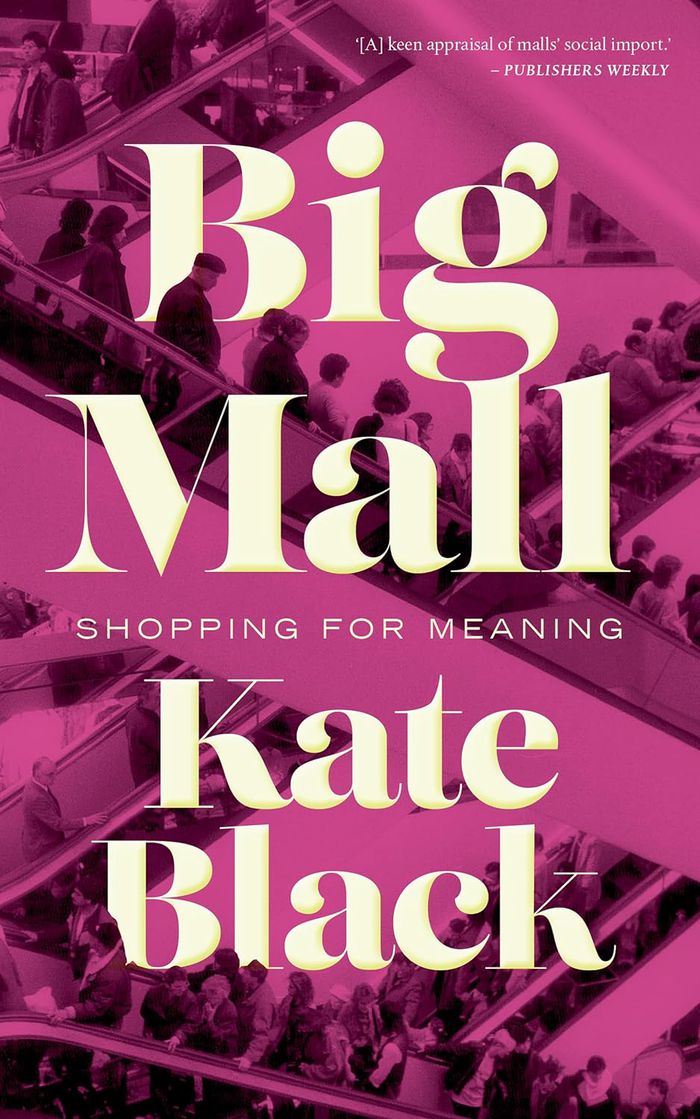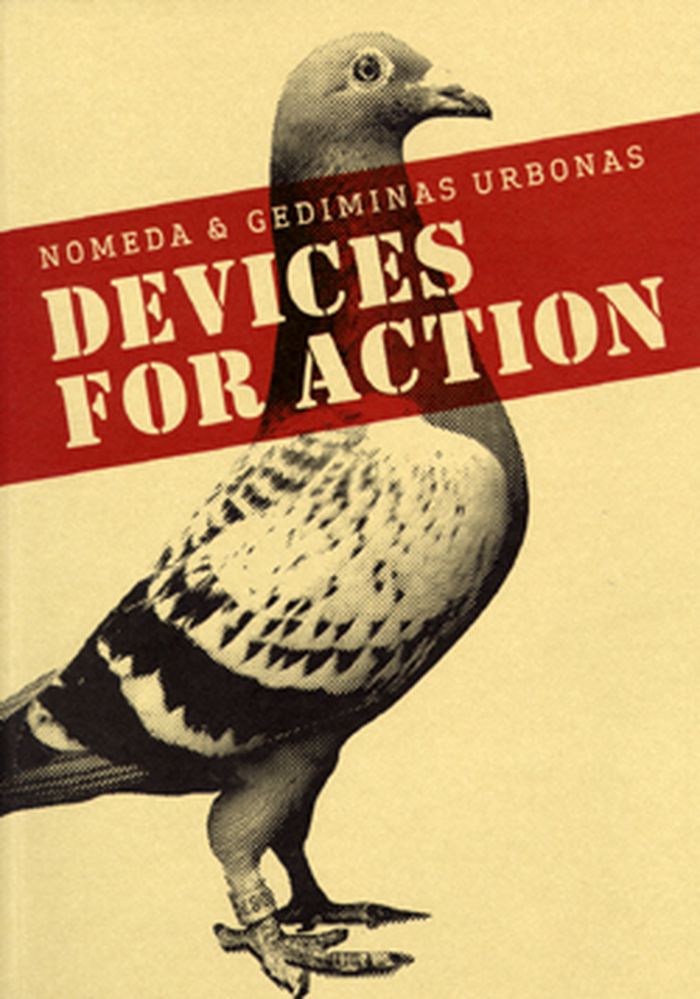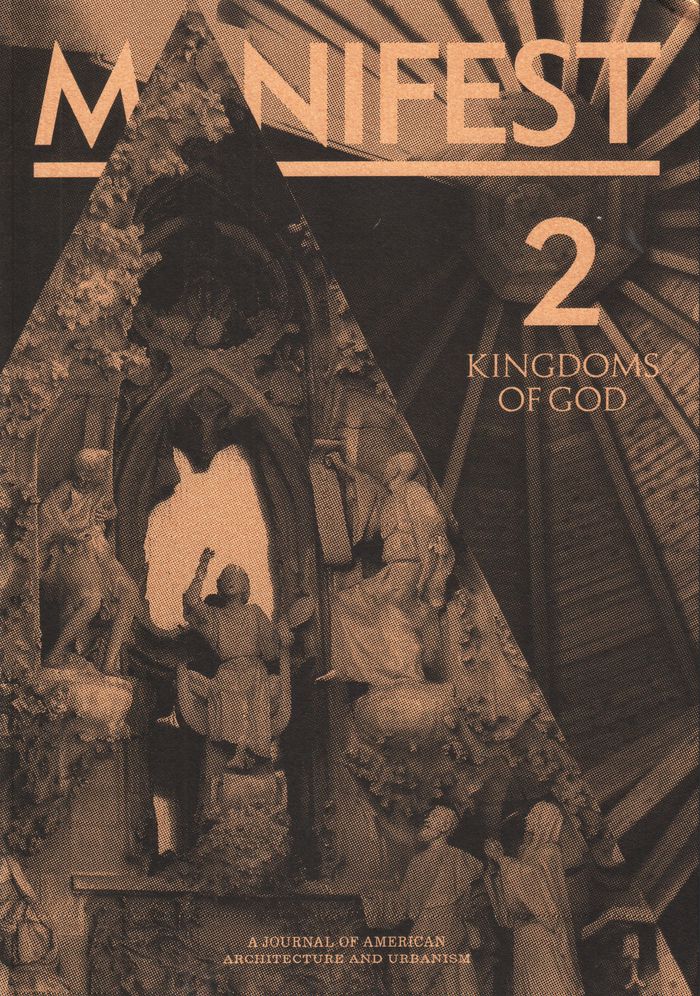$20.95
(disponible sur commande)
Résumé:
In this Eurasian post-Soviet space, we try to find the continuities with Communism - if there are any - and the remnants of revolutions both distant and recent. Instead of a wistful journey through ruins, this intends to be an engaged travelogue, a subjective, personal Marxist Humanist guidebook to somewhere that actually exists, but which is constantly haunted by what it(...)
The adventures of Owen Hatherley In the post-soviet space
Actions:
Prix:
$20.95
(disponible sur commande)
Résumé:
In this Eurasian post-Soviet space, we try to find the continuities with Communism - if there are any - and the remnants of revolutions both distant and recent. Instead of a wistful journey through ruins, this intends to be an engaged travelogue, a subjective, personal Marxist Humanist guidebook to somewhere that actually exists, but which is constantly haunted by what it didn't become, whether a real Communist utopia or a successful or fair capitalism. In the course of this transcontinental account of what used to be the Soviet Union and is now a patchwork of EU democracies, neoliberal dictatorships and Soviet nostalgic enclaves (often found in the same countries) we might just find the outlines of a way of building cities that is a powerful alternative, both in the past and present.
Expositions en cours
$38.95
(disponible sur commande)
Résumé:
A tale of diversity within our damaged landscapes, The Mushroom at the End of the World follows one of the strangest commodity chains of our times to explore the unexpected corners of capitalism. Here, we witness the varied and peculiar worlds of matsutake commerce: the worlds of Japanese gourmets, capitalist traders, Hmong jungle fighters, industrial forests, Yi Chinese(...)
octobre 2015
The mushroom at the end of the world: on the possibility of life in capitalist ruins
Actions:
Prix:
$38.95
(disponible sur commande)
Résumé:
A tale of diversity within our damaged landscapes, The Mushroom at the End of the World follows one of the strangest commodity chains of our times to explore the unexpected corners of capitalism. Here, we witness the varied and peculiar worlds of matsutake commerce: the worlds of Japanese gourmets, capitalist traders, Hmong jungle fighters, industrial forests, Yi Chinese goat herders, Finnish nature guides, and more. These companions also lead us into fungal ecologies and forest histories to better understand the promise of cohabitation in a time of massive human destruction. By investigating one of the world’s most sought-after fungi, The Mushroom at the End of the World presents an original examination into the relation between capitalist destruction and collaborative survival within multispecies landscapes, the prerequisite for continuing life on earth.
$54.00
(disponible en magasin)
Résumé:
Through three radical critiques of Modernist architecture, illustrated by the iconic--and very different--works of the Situationist International, Venturi Scott Brown and Archigram, Radical Games offers new perspectives on the architecture of the 1960s. It illuminates some of the pitfalls of contemporary architectural thought and questions a number of preconceptions that(...)
Radical games: Popping the bubble of 1960's architecture
Actions:
Prix:
$54.00
(disponible en magasin)
Résumé:
Through three radical critiques of Modernist architecture, illustrated by the iconic--and very different--works of the Situationist International, Venturi Scott Brown and Archigram, Radical Games offers new perspectives on the architecture of the 1960s. It illuminates some of the pitfalls of contemporary architectural thought and questions a number of preconceptions that remain with us from the prevalent discourses of the 1960s. Perched on the cusp of Postmodernism and global capitalism, the critiques in this volume demonstrate a perceptive understanding of Modernism, as well as contemporary conditions, such as our increasingly image-saturated society. It is also clear, however, that these radical projects were so entwined with Modernism that the architectural conversation of the 1960s was driven to an impasse, which the contemporary debate has not yet been able to escape.
Théorie de l’architecture
Critique of everyday life
$59.95
(disponible sur commande)
Résumé:
The three-volume text by Henri Lefebvre is perhaps the richest, most prescient work about modern capitalism to emerge from one of the twentieth century's greatest philosophers and is now available for the first time in one complete volume. Written at the birth of post-war consumerism, Critique was an inspiration for the 1968 student revolution in France. It is a founding(...)
Critique of everyday life
Actions:
Prix:
$59.95
(disponible sur commande)
Résumé:
The three-volume text by Henri Lefebvre is perhaps the richest, most prescient work about modern capitalism to emerge from one of the twentieth century's greatest philosophers and is now available for the first time in one complete volume. Written at the birth of post-war consumerism, Critique was an inspiration for the 1968 student revolution in France. It is a founding text of cultural studies and a major influence on the fields of contemporary philosophy, geography, sociology, architecture, political theory and urbanism. Lefebvre takes as his starting point and guide the 'trivial' details of quotidian experience: an experience colonized by the commodity, shadowed by inauthenticity, yet remaining the only source of resistance and change. This is an enduringly radical text, untimely today only in its intransigence and optimism.
Théorie/ philosophie
livres
Description:
182 pages ; 21 cm
[Montréal] : Éditions Somme toute, [2024]
11 brefs essais pour la justice climatique / sous la direction de Zoyanne Côté et Sandrine Giérula ; préface de Martine Delvaux et Éléonore Delvaux-Beaudoin.
Actions:
Exemplaires:
Description:
182 pages ; 21 cm
livres
[Montréal] : Éditions Somme toute, [2024]
livres
$37.95
(disponible en magasin)
Résumé:
In ''Camera Geologica'' Siobhan Angus tells the history of photography through the minerals upon which the medium depends. Challenging the emphasis on immateriality in discourses on photography, Angus focuses on the inextricable links between image-making and resource extraction, revealing how the mining of bitumen, silver, platinum, iron, uranium, and rare earth elements(...)
Camera Geologica: An Elemental History of Photography
Actions:
Prix:
$37.95
(disponible en magasin)
Résumé:
In ''Camera Geologica'' Siobhan Angus tells the history of photography through the minerals upon which the medium depends. Challenging the emphasis on immateriality in discourses on photography, Angus focuses on the inextricable links between image-making and resource extraction, revealing how the mining of bitumen, silver, platinum, iron, uranium, and rare earth elements is a precondition of photography. Photography, Angus contends, begins underground and, in photographs of mines and mining, frequently returns there. Through a materials-driven analysis of visual culture, she illustrates histories of colonization, labor, and environmental degradation to expose the ways in which photography is enmeshed within and enables global extractive capitalism. Angus places nineteenth-century photography in dialogue with digital photography and its own entangled economies of extraction, demonstrating the importance of understanding photography’s complicity in the economic, geopolitical, and social systems that order the world.
livres
juillet 2024
Théorie de la photographie
$55.00
(disponible sur commande)
Résumé:
In Sweden, the Facit brand is as well known as IBM or Olivetti. Based in Atvidaberg, the company produced mechanical calculators, typewriters and office furniture between 1922 and 1998. By the 1970s, the company had grown from a local family business into one of the world’s leading manufacturers. The company-sponsored football team AFF was playing in the first division.(...)
The Facit Model: Globalism, Localism, Identity
Actions:
Prix:
$55.00
(disponible sur commande)
Résumé:
In Sweden, the Facit brand is as well known as IBM or Olivetti. Based in Atvidaberg, the company produced mechanical calculators, typewriters and office furniture between 1922 and 1998. By the 1970s, the company had grown from a local family business into one of the world’s leading manufacturers. The company-sponsored football team AFF was playing in the first division. But a few years later the Facit organization had disappeared—worn down by global capitalism. ''The Facit Model: Globalism, Localism, Identity'' looks at this peculiar example of corporate modernism through the printed matter produced in Facit’s in-house print shops, culled from FACIT’s archives. Type specimens, manuals, advertising leaflets and product catalogs bear witness to a culture which feels increasingly distant, and yet helped to define many of the codes and forms familiar to us from today’s world of work.
Design industriel
Big mall
$23.95
(disponible en magasin)
Résumé:
A phenomenology of the mall: If the mall makes us feel bad, why do we keep going back? In a world poisoned by capitalism, is shopping what makes life worth living? Kate Black grew up in West Edmonton Mall – a mall on steroids, notorious for its indoor waterpark, deadly roller coaster, and controversial dolphin shows. But everyone has a favourite mall, or a mall that is(...)
Big mall
Actions:
Prix:
$23.95
(disponible en magasin)
Résumé:
A phenomenology of the mall: If the mall makes us feel bad, why do we keep going back? In a world poisoned by capitalism, is shopping what makes life worth living? Kate Black grew up in West Edmonton Mall – a mall on steroids, notorious for its indoor waterpark, deadly roller coaster, and controversial dolphin shows. But everyone has a favourite mall, or a mall that is their own personal memory palace. It's a place people love to hate and hate to love – a site of pleasure and pain, of death and violence, of (sub)urban legend. Blending a history of shopping with a story of coming of age in North America's largest and strangest mall, "Big mall" investigates how these structures have become the ultimate symbol of late-capitalist dread – and, surprisingly, a subversive site of hope.
$57.95
(disponible sur commande)
Résumé:
Nomeda and Gediminas Urbonas produce interactive projects exploring the conflicts and contradictions of former Soviet republics and their recent transition to capitalism. Born in Lithuania and now living in Vilnius, these artists use the city as a catalyst and a starting point for their analysis of the various impacts caused by a new economic, social and political model(...)
mai 2008, Barcelone
Nomeda and Gediminas: devices for action
Actions:
Prix:
$57.95
(disponible sur commande)
Résumé:
Nomeda and Gediminas Urbonas produce interactive projects exploring the conflicts and contradictions of former Soviet republics and their recent transition to capitalism. Born in Lithuania and now living in Vilnius, these artists use the city as a catalyst and a starting point for their analysis of the various impacts caused by a new economic, social and political model on different sectors and generations in society. Developping over different stages, their projects are characterised by the key role played by the idea of the archive, the engagement of experts in different fields (design, music, architecture), and the participation of diverse communities and collective actions. This catalogue of their recently held first retrospective documents all their projects up to date, includes two essays by Bartomeu Mari and Lars Bang Larsen, a biography, and a list of works in the exhibition.
Manifest 2: Kingdoms of God
$31.50
(disponible sur commande)
Résumé:
Issue #2 of Manifest takes a stab in one of the most common, yet contested subjects that underline the Americas: religion. What is the role individual and organized faith play in the creation of American space? How do spirituality and capitalism walk together? Did anything really change since European colonizers set foot in the Kingdom of God? Contributors include:(...)
Manifest 2: Kingdoms of God
Actions:
Prix:
$31.50
(disponible sur commande)
Résumé:
Issue #2 of Manifest takes a stab in one of the most common, yet contested subjects that underline the Americas: religion. What is the role individual and organized faith play in the creation of American space? How do spirituality and capitalism walk together? Did anything really change since European colonizers set foot in the Kingdom of God? Contributors include: Jorge Silvetti and Graciela Silvestri, Tatiana Bilbao, Marlon Blackwell, Kathleen John-Alder, Ian Quate and Colleen Tuite (GRNASFCK), Antonio Petrov, Andrew Chesnut, Brett Culbert, Lynnette Widder and John Caserta, Sergio Galaz, Austin Granger, Molly Hunker, Andrew Kovacs, Assaf Evron, Nicola Pezolet, Mark Hogan, Mara Lepere-Schloop, Jaffer Kolb and Ang Li, Jacob Boswell. With a special feature including works by Aidlin Darling Design, Alfonso Architects, Frank Harmon, McCoy Architects, Riccardo Tossani Architecture, Daniel Bonilla Arquitectos, Ross Barney Architects, Brian Healy Architects, and BNKR Arquitectura.
Revues
